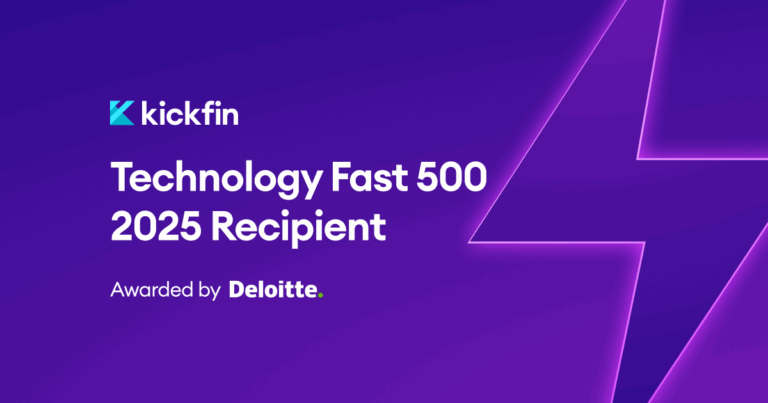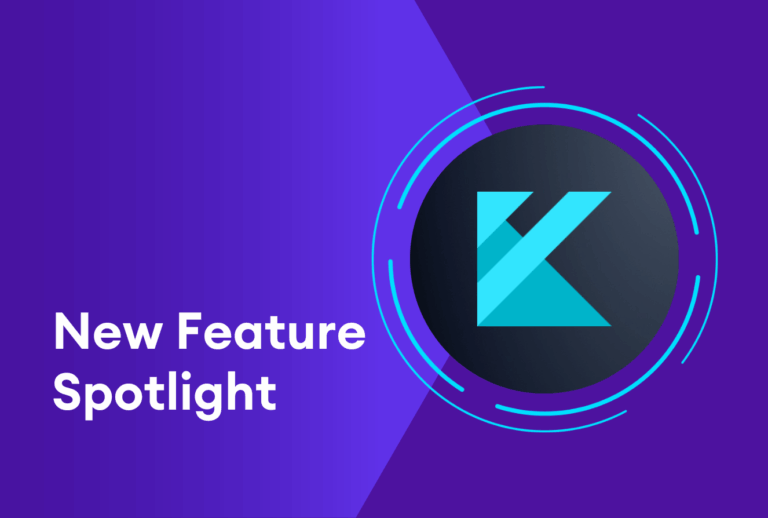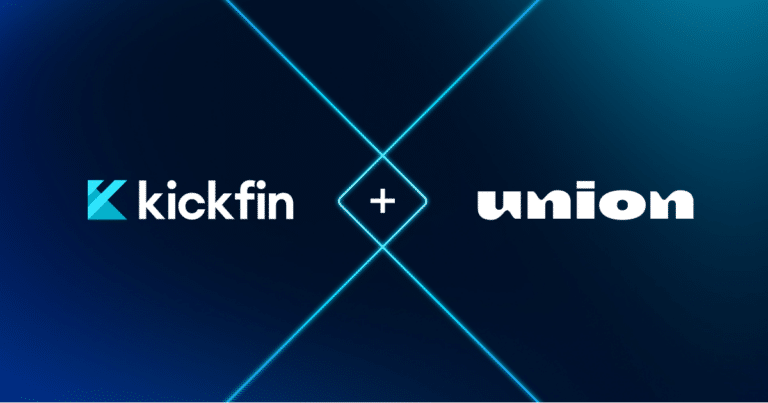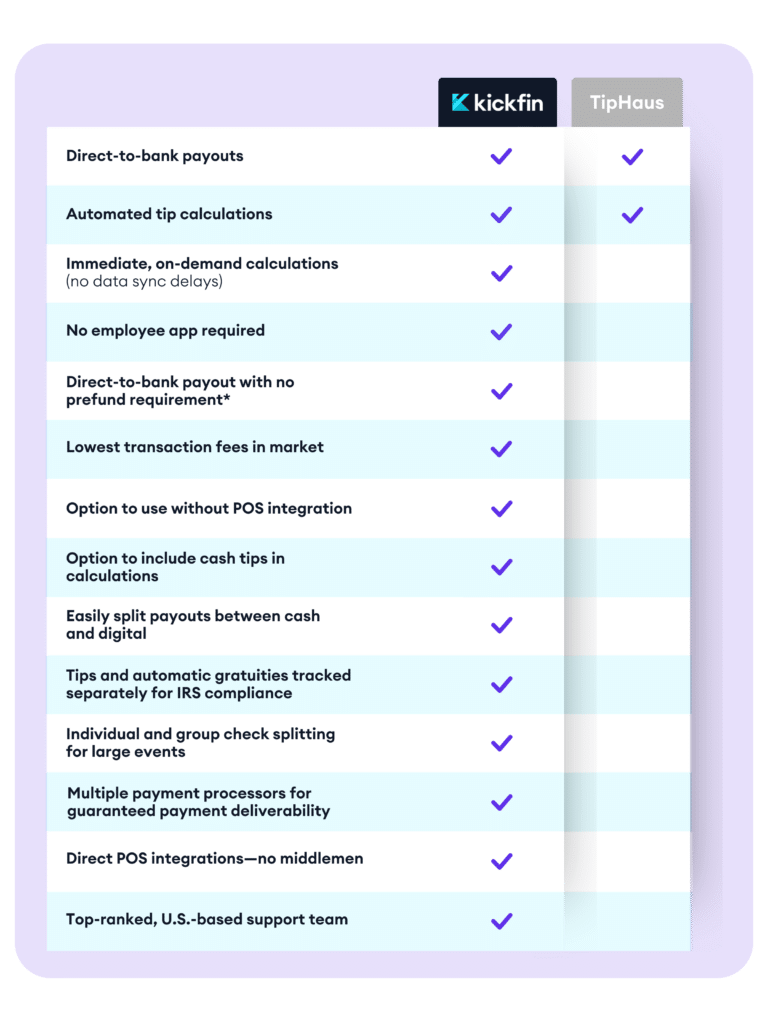A digital tip jar is a cashless tipping solution that enables customers to give staff gratuities without using cash. In an increasingly cashless economy, many business owners struggle with how to reward staff members with tips when fewer and fewer customers carry currency.
What Is a Digital Tip Jar?
A digital tip jar is an app or online platform that lets customers give gratuities – often to entertainment or hospitality workers like musicians, baristas, or valets – without the need for physical cash. Digital tip jars offer a seamless, cashless tipping experience that aligns with the growing trend toward digital payments. They can be utilized through various methods such as QR codes, links, or embedded buttons on websites, making them convenient, safe, and efficient for customers.
How Do Digital Tip Jars Work?
In practice, a digital tip jar works very similarly to tip jars of old. However, instead of dropping in spare change or bills, customers can send tips electronically either through a payment app or a dedicated digital tipping platform. These platforms – including ours – support various payment methods, including credit/debit cards and mobile wallets. They let business owners generate QR codes or links that can be shared with customers, making it easy to scan or click to tip.
Though still relatively new, digital tip jars can be a boon – particularly to staff in the hospitality and entertainment industries. These apps offer an easy, low-cost way to collect tips and can be particularly beneficial in businesses with multiple service layers or those with a significant delivery component. Customers, who increasingly favor cashless transactions, appreciate the convenience and simplicity of digital tipping. They can show their appreciation for good service with just a few taps on their smartphone.
Digital Tip Jar Fee Structure
Digital tip jars typically charge a percentage fee on each tip received – often around 8.9% – plus a flat fee – usually $0.30 per transaction. In contrast, Kickfin provides a digital tip jar service for a 5% fee, plus $0.20 per transaction. This fee is primarily used to cover the operational costs of the platform, including transaction processing fees.
It’s important to note that while some platforms might not charge the businesses directly, they may charge the customer a surcharge. However, this is prohibited or restricted by many payment processors, including Visa.
Benefits of a Digital Tip Jar
Digital tip jars aren’t just a trend – they’re a solution to a modern business challenge. They provide a seamless and hassle-free way for customers to show their appreciation for excellent service. But their advantages go beyond convenience. Digital tip jars can significantly impact your business’s bottom line, boost employee morale, and improve customer service.
Increased Tips
Digital tip jars often lead to an increase in tips. With more and more people going cashless, having a digital gratuity option allows more customers to tip, and the ease of tipping digitally often results in larger tip amounts.
This benefit is particularly advantageous for businesses in the service industry where tips contribute significantly to staff income. Higher tips can lead to happier staff and less employee turnover.
Improved Customer Experience
In many industries, tipping forms part of the overall customer experience. When customers find every aspect of their interaction with your business easy and convenient, it contributes to their overall satisfaction and increases their likelihood of returning.
Increased Transparency
When you set up a digital tip jar for your employees, all tips are tracked and recorded, eliminating any disputes or confusion about how much was received. It also eliminates the chances of tip theft or discrepancies and the need for you to stock a cash drawer to help employees make change for tips.
Having a clear record of tips can also help with managing employee performance. By tracking the amount and frequency of tips, businesses can identify their top-performing employees and reward them accordingly.
What Kinds of Businesses Should Use Digital Tip Jars
Digital tip jars are a game-changer for any business where employees rely on tips as a significant portion of their income. Here’s a look at what types of businesses can benefit from incorporating digital tip jars:
- Bars/Restaurants: Servers and bartenders at bars and restaurants often rely heavily on tips. Digital tip jars make it easy for customers to tip, even if they are paying with a card or mobile payment. They also ensure that employees receive their tips immediately, rather than having to wait for cash-outs or paychecks.
- Hotels: Hotel employees like bellboys, housekeepers, and concierge staff often receive tips as a token of guest appreciation. A digital tip jar allows guests to tip without the need for spare change or cash.
- Valets: A digital tip jar makes the process of tipping valets seamless, eliminating the awkwardness when customers don’t have cash on hand.
- Pet Groomers: Many pet owners appreciate the services of pet groomers, and a digital tip jar allows them to reward good service easily.
- Car Washes: Employees at car washes often go the extra mile to ensure cars are spotless, making them prime candidates for tip-based income. Digital tip jars streamline this process.
- Tours/Events: Tour guides and event staff often provide exceptional service that warrants a tip. A digital tip jar allows customers to tip these individuals easily, regardless of the payment method they used for the tour or event.
How to Get the Most from Using a Digital Tip Jar
- Promote Digital Tipping: A digital tip jar won’t do much if nobody knows about it. Start by communicating its presence to your customers. Use signage, menu mentions, or verbal reminders from staff to encourage customers to tip digitally.
- Train Your Staff: Your employees are on the front lines of promoting a digital tip jar to customers. Make sure they know how it works and the benefits it offers, so they can confidently explain the system to customers.
- Offer Multiple Payment Options: Different customers are comfortable with different modes of payment. Ensure your digital tip jar accepts a wide variety of payment methods, from credit cards to mobile payment apps, to cater to all your customers’ preferences.
- Ensure Compliance: Make sure your digital tip jar system is not surcharging customers as this can lead to problems with payment processors. Regularly review your compliance status to avoid unforeseen issues.
Staying Compliant with a Digital Tip Jar
While digital tip jars offer a host of benefits, it’s important to use them properly.
Adherence to State Laws
Each state has its own set of laws pertaining to tips, including how tips are taxed, who can receive tips, and how tips can be distributed. It’s crucial to ensure your digital tip jar adheres to the specific laws of the state(s) in which your business operates.
Compliance with Payment Processor Rules
Digital tip jars are often facilitated by third-party payment processors. These processors usually have their own set of rules and requirements, which businesses need to abide by. Some processors may have specific policies about how tips are processed and recorded. For example, digital tip jars that surcharge customers on debit card transactions or more than 3% of the tip on credit transactions violate Visa network rules. As a result the merchants run a high risk of Visa turning them off their processing network.
Following Tax Regulations
Tip income is taxable. Digital tip jars track and record all tips, making it easier for businesses and employees to report tip income accurately. However, how this income is reported may vary depending on the tipping platform you use and the flow of funds from customers to staff. Check with your accountant to make sure you report tips properly.
Fair Labor Standards Act (FLSA)
Under the FLSA, tips are considered the sole property of the tipped employee. While tip pooling is permitted in some cases, employers must follow strict guidelines. A digital tip jar needs to be set up in such a way that it adheres to these regulations.
Using Kickfin as a Digital Tip Jar
We’re proud to say that we’re one of the most popular cashless tipping options available on the market. We offer a flexible platform for businesses to collect and manage employee tips, streamlining the process and ensuring that employees receive their tips quickly and easily.
Here are some things you should focus on when you’re looking for a digital tipping solution for your employees:
- Easy Set-Up: We help business owners set up cashless tipping in minutes with no technical skills required.
- Multiple Payment Options: Customers should be able to tip using credit or debit cards, as well as popular mobile wallets like Apple Pay and Google Pay.
- Instant Tip Distribution: Employees should receive their tips immediately after a transaction is processed, eliminating the need for cash-outs or waiting for paychecks.
- Customizable Tipping Options: You should be able to set up custom tipping options, such as percentage or dollar amount.
- Real-Time Reporting: A digital tip jar should track tips and let you view real-time reports on employee tips.
- Secure Transactions: When you’re collecting tips for employees, security is paramount. Any platform you consider should ensure all transactions are safe and secure.
Digital tip jars offer a convenient and efficient way for businesses to manage employee tips, making it easier for customers to show their appreciation while also ensuring that employees receive their tips promptly. With platforms like Kickfin, implementing a digital tip jar has never been easier. Schedule a demo with our team to learn how digital tipping can motivate your employees and improve your customers’ experience.






